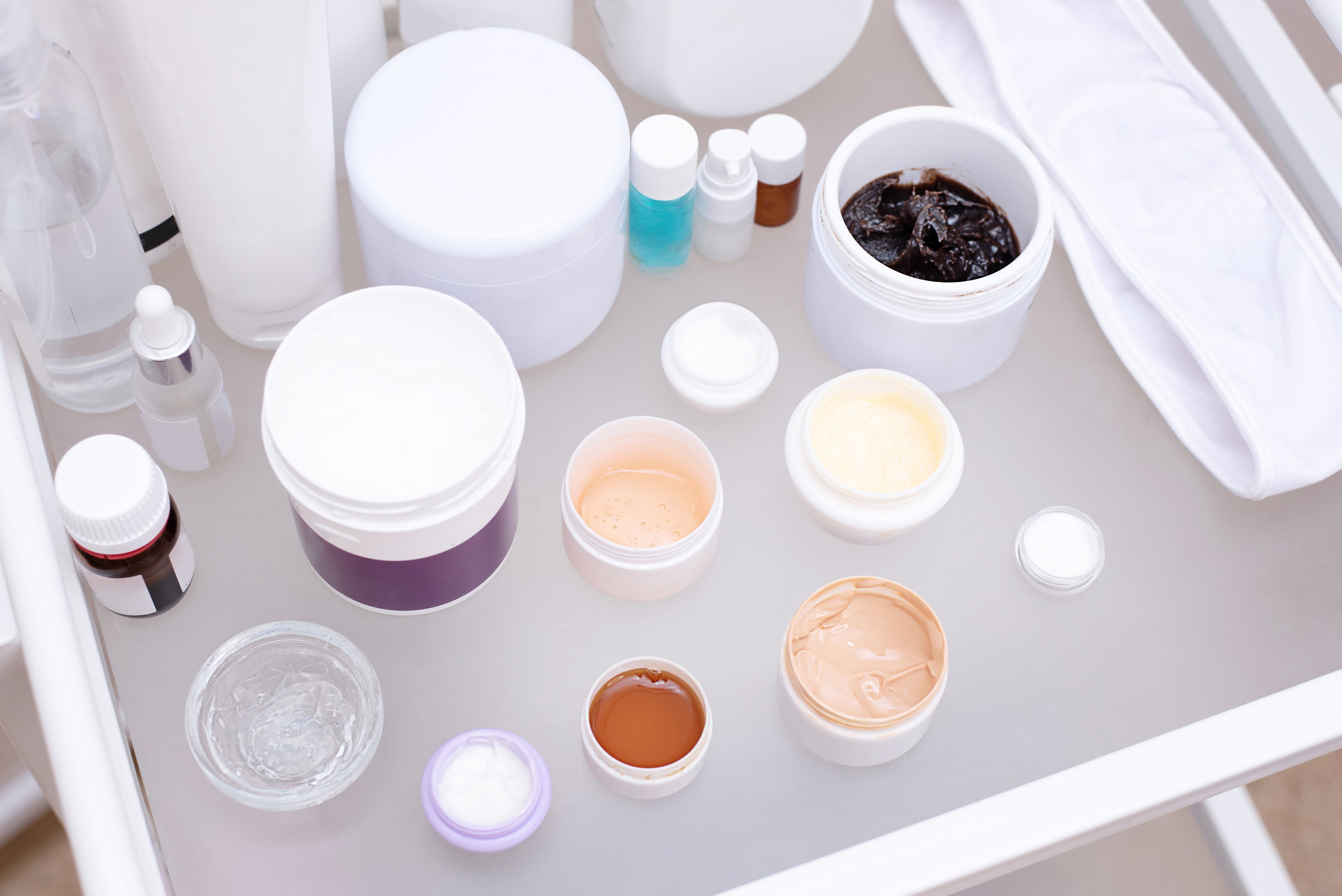Red light therapy has been gaining popularity as a safe, non-invasive way to improve the appearance of skin. The treatment uses low-level wavelengths of light to penetrate the skin, stimulating collagen production, improving circulation, and reducing inflammation. With its many benefits, it's no wonder that people are looking for ways to maximize the results of their red light therapy sessions. One such approach is to use skincare products, such as lotions or creams, in conjunction with the treatment. However, the question remains: do you really need to use lotions and creams with red light therapy to see results?
The short answer is no, you don't need to use any additional products with red light therapy to achieve its benefits. In fact, some skincare products may actually be counterproductive when used in conjunction with the treatment. Certain ingredients in skincare products may not be compatible with red light therapy, potentially reducing the effectiveness of the treatment or even causing skin irritation.
One ingredient commonly found in skincare products is retinol, which is known to increase the sensitivity of skin to light. While this is usually a desirable effect for anti-aging benefits, it could have negative consequences when used with red light therapy. The increased sensitivity could cause redness, irritation, or other adverse effects, potentially negating the positive effects of the therapy. It's important to note that not all skincare products contain retinol or other ingredients that could interfere with red light therapy, but it's always best to check the ingredients list and consult with a skincare professional before using any product in conjunction with the therapy.
While there is no need to use skincare products with red light therapy, there is evidence to suggest that certain therapies may enhance the effectiveness of the product. For example, a study published in the Journal of Cosmetic and Laser Therapy found that using a hyaluronic acid serum with red light therapy resulted in improved skin hydration and reduced fine lines and wrinkles. Another study published in the journal Photomedicine and Laser Surgery found that the use of a red light-emitting diode (LED) device in conjunction with a topical antioxidant cream improved skin roughness, fine lines, and collagen density.
It's important to note, however, that these studies were conducted with specific products and protocols, and the results may not necessarily apply to all skincare products or red light therapy devices. Additionally, the results of these studies are not conclusive, and further research is needed to confirm the efficacy of using skincare products with red light therapy.
In conclusion, while using skincare products with red light therapy is not necessary to achieve its benefits, there may be certain products that can enhance the effectiveness of the treatment. If you choose to use a skincare product in conjunction with red light therapy, be sure to consult with a skincare professional and check the ingredients list to ensure compatibility with the treatment. And remember, regardless of whether or not you choose to use skincare products, red light therapy on its own can be a highly effective way to improve the health and appearance of your skin.
References:
-
Avci, P., Gupta, A., Sadasivam, M., Vecchio, D., Pam, Z., Pam, N., & Hamblin, M. R. (2013). Low-level laser (light) therapy (LLLT) in skin: stimulating, healing, restoring. Seminars in cutaneous medicine and surgery, 32(1), 41-52.
-
Ablon, G. (2018). Phototherapy with Light Emitting Diodes: Treating a Broad Range of Medical and Aesthetic Conditions in Dermatology. Journal of clinical and aesthetic dermatology, 11(2), 21–27.
-
Lee, S. Y., Park, K. H., Choi, J. W., Kwon, J. K., Lee, D. R., Shin, M. S., ... & Cho, S. (2007). A prospective, randomized, placebo-controlled, double-blinded, and split-face clinical study on LED phototherapy for skin rejuvenation: Clinical, profilometric, histologic, ultrastructural, and biochemical evaluations and comparison of three different treatment settings. Journal of photochemistry and photobiology. B, Biology, 88(1), 51-67.
-
Lee, S. Y., Park, K. H., Choi, J. W., Kwon, J. K., Lee, D. R., Shin, M. S., ... & Cho, S. (2014). A prospective, randomized, placebo-controlled, double-blinded, and split-face clinical study on LED phototherapy for skin rejuvenation: Clinical, profilometric, histologic, ultrastructural, and biochemical evaluations and comparison of three different treatment settings. Journal of photochemistry and photobiology. B, Biology, 132, 49-57.
-
Lim, W., Kim, J., Kim, Y., & Lee, S. (2018). Efficacy and safety of red light therapy in human skin aging: A randomized, controlled trial. Journal of cosmetic dermatology, 17(3), 263-271.
-
Nestor, M. S., Newburger, J., & Zarraga, M. B. (2016). Hyaluronic acid fillers in soft tissue regeneration. Facial Plastic Surgery Clinics, 24(4), 437-446.
-
Wunsch, A. & Matuschka, K. (2014). A controlled trial to determine the efficacy of red and near-infrared light treatment in patient satisfaction, reduction of fine lines, wrinkles, skin roughness, and intradermal collagen density increase. Photomedicine and laser surgery, 32(2), 93-100.
This blog is for educational and entertainment purposes only. It is not intended to be used for medical diagnosis, treatment or prevention of any disease, illness or health issue.


